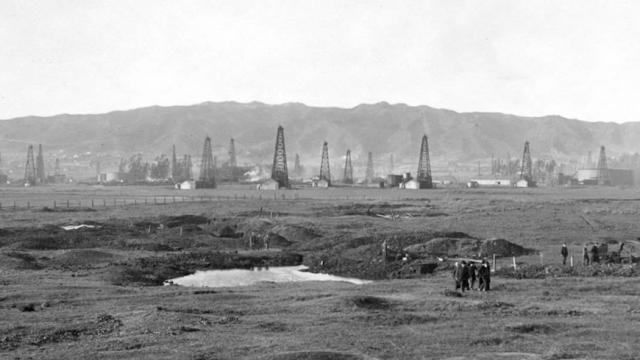Conventional wisdom designates Los Angeles as a young, capricious metropolis — an underage drinker in the geopolitical nightclub — but it’s simply not true. Los Angeles is actually an ancient city, and the proof is bubbling right up to the surface at the La Brea Tar Pits, one of the richest paleontological sites in the world and the only one being actively excavated in an urban setting.
When the Spanish arrived in the 1700s, settlers quickly discovered the region’s sticky, smelly pools of asphaltum and named the area Rancho La Brea after the Spanish word for tar. In 1769, Spanish missionary Father Juan Crespi decided there must be volcanoes in the area. As he wrote in his journal:
This afternoon we felt new earthquakes, the continuation of which astonishes us. We judge that in the mountains that run to the west in front of us there are some volcanoes, for there are many signs on the road which stretches between the Porciuncula River and the Spring of the Alders, for the explorers saw some large marshes of a certain substance like pitch; they were boiling and bubbling, and the pitch came out mixed with an abundance of water. They noticed that the water runs to one side and the pitch to the other, and that there is such an abundance of it that it would serve to caulk many ships.

In the 1870s, the area was acquired by Henry Hancock for the Union Oil Company due to its resource-rich land (remember, this was when LA was dotted with oil derricks). Union Oil’s exploration geologists began to discover a number of bones and carcasses preserved in the tar.

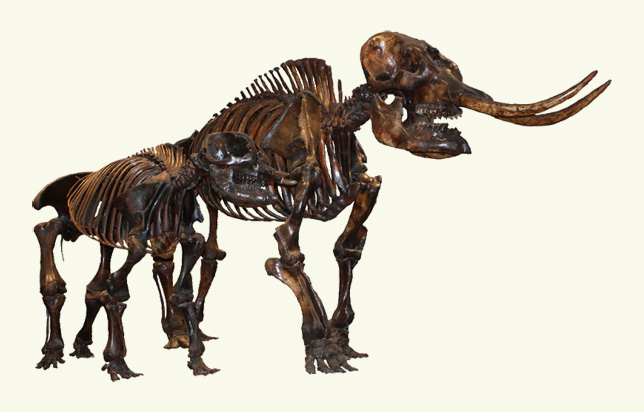
In 1913, Hancock allowed the fledgling Los Angeles County Museum to begin excavating the site, and, this week, LA’s Natural History Museum is celebrating 100 years of paleontological discoveries at the La Brea Tar Pits.
During the past century, over 5.5 million fossils have been found in the asphalt sludge — including saber-toothed tigers, camels, mammoths, dire wolves and mastodons — all preserved during the vast span of the Ice Age, 40,000 to 10,000 years ago.
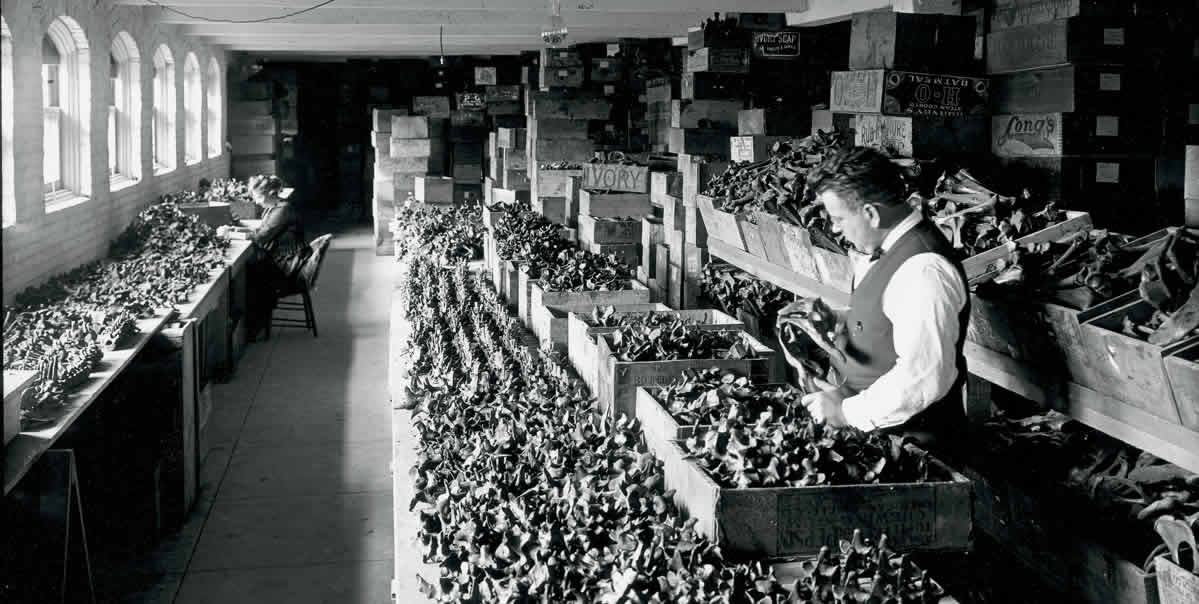
There’s also evidence of human remains discovered at the site: a twentysomething female who lived 10,000 years ago was named La Brea Woman. Fossilised remains of her dog — a domesticated cross between a fox and a terrier — were also found nearby. And discoveries are still being made right in the middle of the city, just off one of LA’s busiest streets, Wilshire Boulevard, only a few blocks from a Rite-Aid pharmacy and catty-corner to the offices of the Hollywood Reporter.
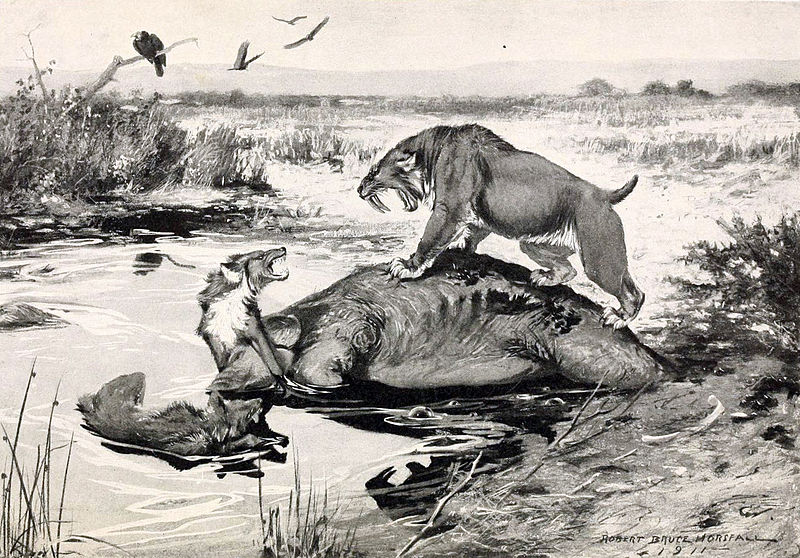
Not only is LA a city where the Pleistocene Epoch collides with the present day along a major thoroughfare, but the tar pits also prove LA was a hotbed of ancient innovation. The earliest residents used the pitch to seal their roofs, waterproof their boats and fuel their campfires. The presence of these deposits helped local tribes like the Chumash and Tongva, to design and build incredibly efficient boats.
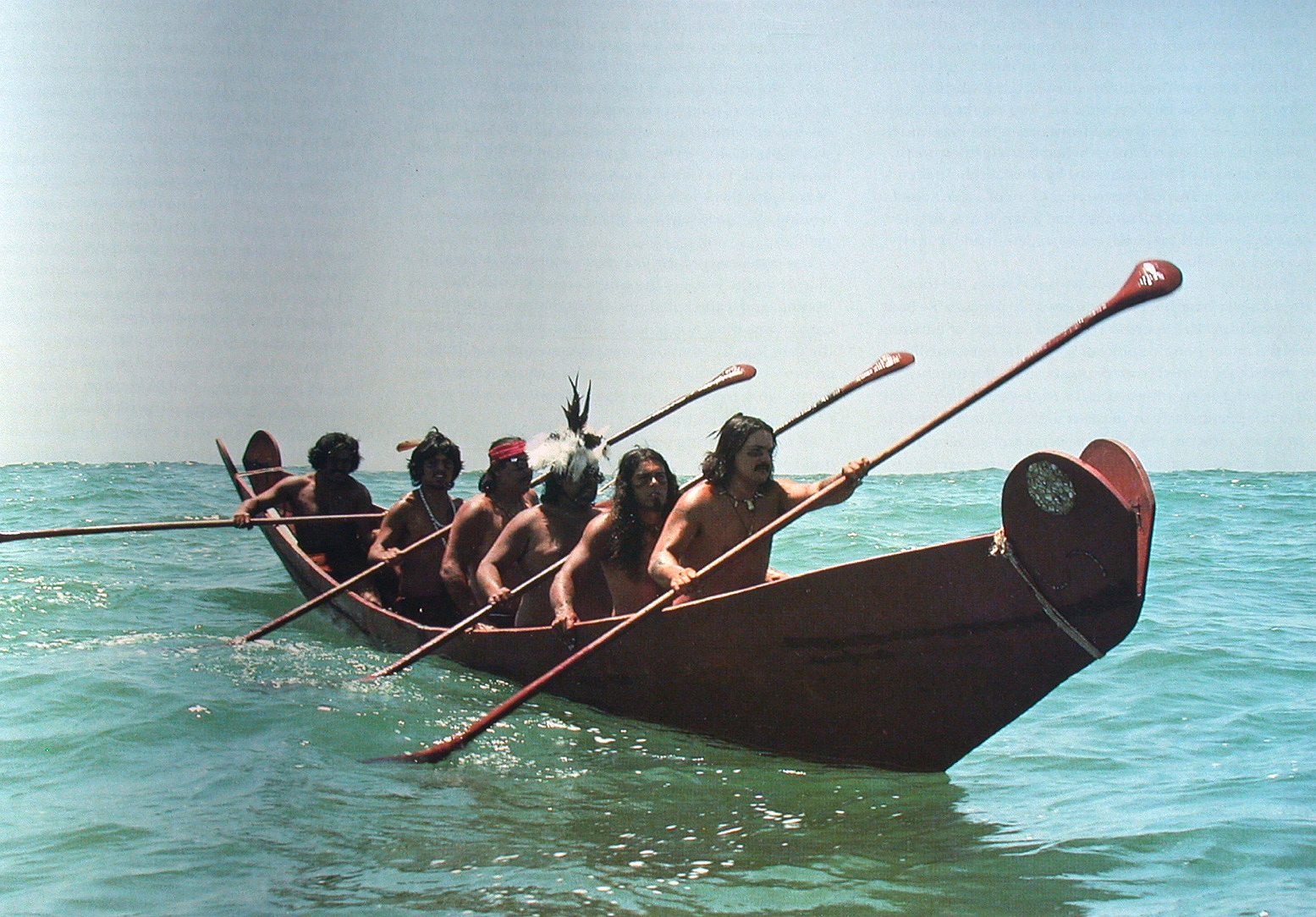
Using these boats, the Chumash and Tongva were able to fish and collect resources that bolstered their trading power, and allowed them to explore the California coast and escape Spanish predators. In their large villages, the concept of specialised labour was introduced to produce the boats. The tar may have also introduced adverse health problems, possibly shrinking their heads.
The official start of excavation at the La Brea Tar Pits has actually been disputed by local historian Nathan Masters, and rightly so. Masters claims that John C. Merriman made the first excavations in 1906, after being tipped to the deposits by geologist William Orcutt when he found a fossilized ground sloth there in 1901. And it’s likely that the Chumash and Tongva people also made their own fossil discoveries in the pits.
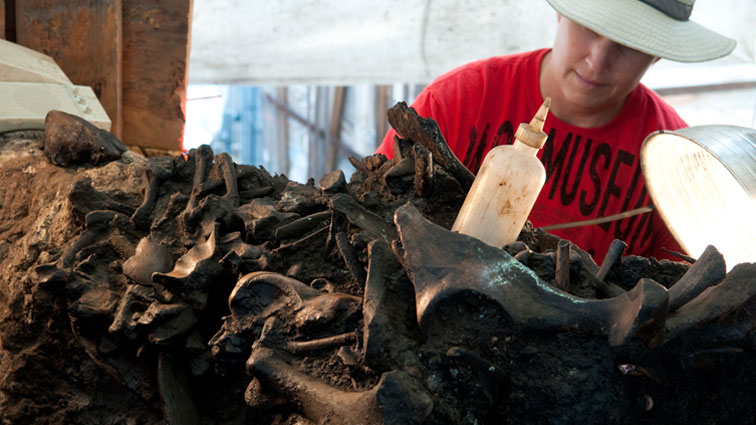
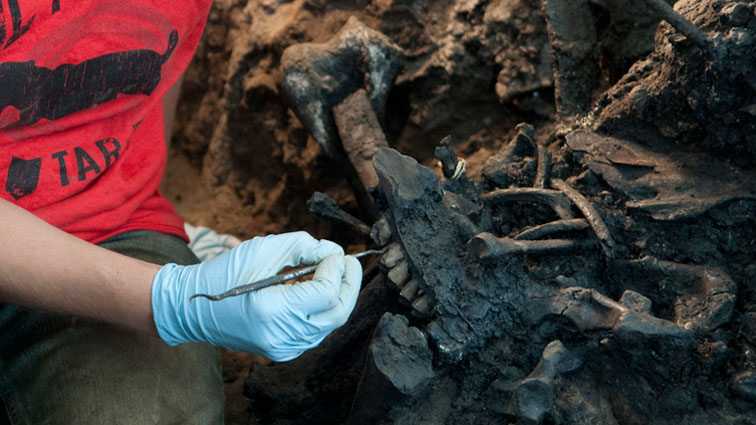
Incidentally, the rights for the former Los Angeles County Museum to excavate the site 100 years ago have now become fraught with controversy. The expansion plans for the museum, now named LACMA, have come under fire recently because the Peter Zumthor-designed proposal — which references the tar pits — has been deemed potentially destructive to the sensitive site.
As recently as 2009, when unearthing a new parking garage for LACMA, a new site named Project 23 yielded so many fossils that they will likely double the museum’s collection, including a nearly intact mammoth.
Pictures: La Brea Tar Pits, Indigenous Boats
